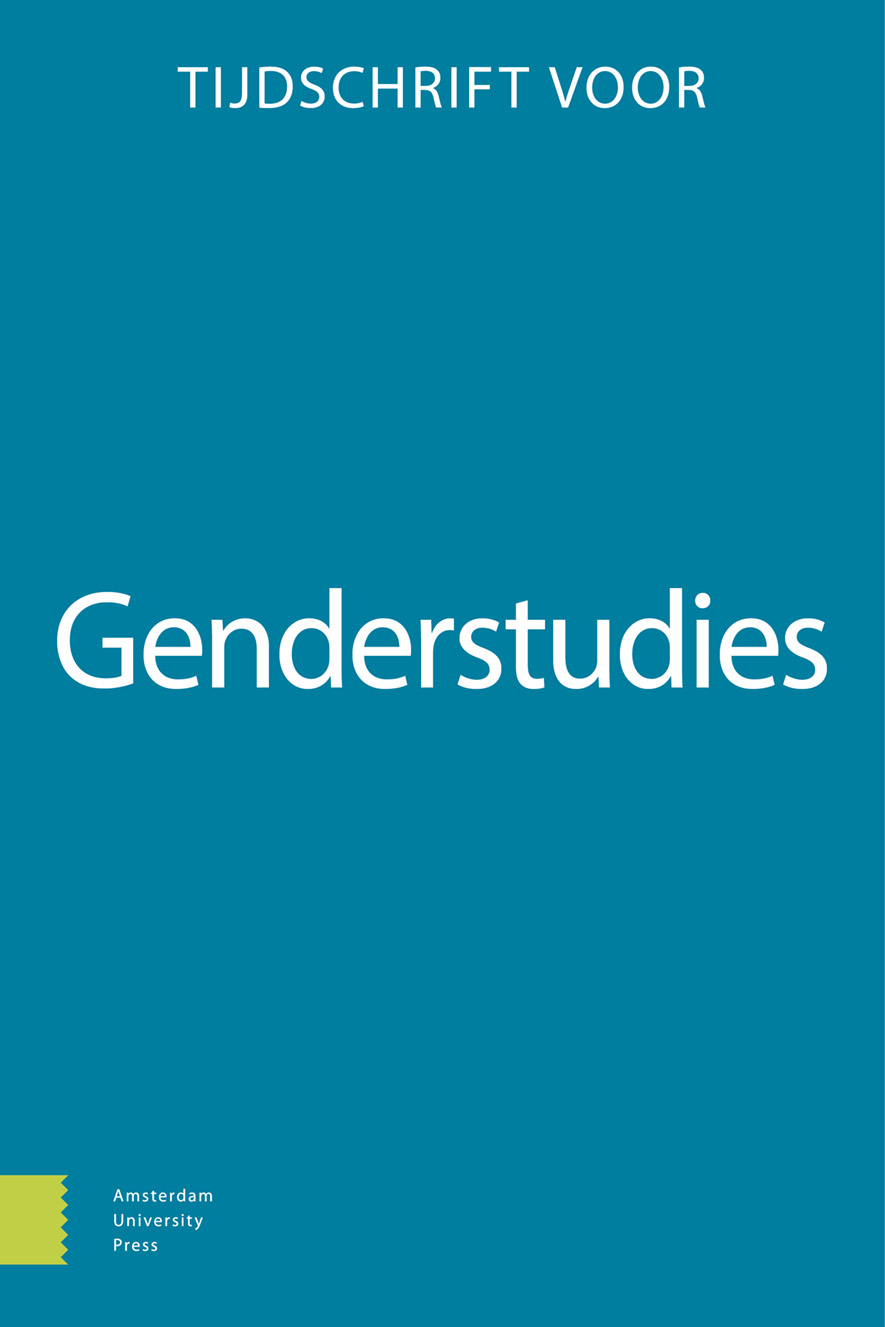-
oa Burn-outcultuur, diversiteit en inclusie
Aangepaste en geredigeerde versie van de inaugurele rede ter acceptatie van de leerstoel Cultuur, Literatuur en Diversiteit aan de Open Universiteit op vrijdag 31 maart 2023
- Amsterdam University Press
- Source: Tijdschrift voor Genderstudies, Volume 27, Issue 1, Apr 2024, p. 41 - 59
-
- 01 Apr 2024
Abstract
The term ‘burnout pandemic’ has increasingly been deployed in mainstream media and the public debate. If we read the newspapers, it seems that we are collectively tired. We all yearn for the pause button, and together desire our lives to be more peaceful and quiet. To what extent could burnout indeed be seen, not as a matter of individual mental vulnerability, but rather as an exhausted cultural condition we share? To what extent does an intersectional perspective on burnout narratives help us to understand the role of social differences within contemporary burnout culture? And to what extent could the narratives about burnout we tell ourselves potentially hold critical and creative possibilities and act as a catalyser for social change? These questions are addressed in the inaugural lecture I delivered on Friday 31 March 2023 at the Open Universiteit, of which this text is an edited and shortened version.


